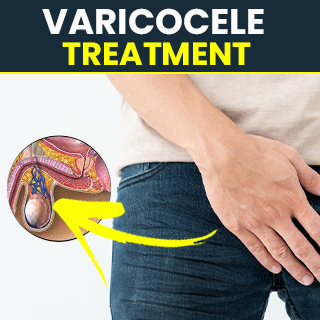Psoriasis is an autoimmune condition that gradually results in elevated, abnormal skin patches and is not contagious. These patches are red, pink, or purple in colour and are scaly, dry, and uncomfortable. The entire body may be affected by the disease or just a few tiny, isolated areas. It is a chronic immune-related skin disorder typically characterised by thick, red skin and silvery plaques.
Although this disease looks like a rash, it is not contagious. Normal skin cells form and shed after a month. In contrast, skin cells pile up on the skin rather than shed in the case of this condition, creating plaques that may be bothersome, painful, and irritating.
Erythrodermic psoriasis, pustular psoriasis, guttate psoriasis, inverse psoriasis, and plaque psoriasis are the five primary types of psoriasis. Other forms of psoriasis include nail psoriasis, genital psoriasis, psoriatic arthritis, and scalp psoriasis.
Erythrodermic psoriasis. It is the least common kind. However, it can become severe and even fatal if left untreated. Over a sizable body part, it causes extensive skin reddening and scaling. This type of disease can be brought on by an infection, a severe sunburn, or by taking certain medications like corticosteroids or lithium.
Guttate psoriasis. It is characterised by small (less than 10 mm in diameter), circular, elevated, red skin patches that are coated in a thin scale. After an infection like bronchitis or strep throat, it often appears unexpectedly.
Inverse psoriasis. It appears as red, smooth patches of skin in the folds of skin, such as the armpits or groyne. Overweight people are more prone to suffer from it. Pregnancy typically affects women because of changes in hormone levels. Wearing tightly fitting garments could increase this condition by causing friction and dampness.
Pustular psoriasis. It is characterised by pus-filled bumps that are white or yellow with a red base. Small, localised rashes or sizable, distributed regions can be the appearance of these lesions. Adults are usually more affected. Medicines, illnesses, stress, or exposure to certain toxins typically bring it on.
Plaque psoriasis. It is the form of the condition that is most common. Its distinguishing characteristics are raised, red spots covered in a silvery-white coating of dead skin cells. These patches are also known as plaques. Their diameter could be anywhere between a few millimetres and many centimetres.
Psoriatic arthritis. It is an autoimmune inflammatory arthritis that affects 1-2% of the population. Although they often have a family history of the disorder, patients with it may or may not have this condition. Psoriatic arthritis (PsA) affects men and women equally. However, women are more burdened by the condition and more likely to develop polyarthritis.
Patients who have a parent, child, or sibling with psoriatic arthritis symptoms are far more likely to get symptoms themselves. It can show up as a variety of common involvement patterns, typically asymmetrical joint involvement, and on rare occasions, soft tissue swelling of the finger or toe (which gives them a sausage-like appearance). Another negative effect is inflammation in the back which causes discomfort.
The homeopathic treatment for psoriasis offered by Bharat Homoeopathy is gaining popularity as a means of treating the condition. The hospital has gained the patient's top preference thanks to several cases of patients being successfully treated. It makes life better for those who have the illness and helps them manage their psoriasis symptoms. The type of treatment depends on the severity of the disease, where it is on the body, and how well the patient responds to various medications.




No comments:
Post a Comment